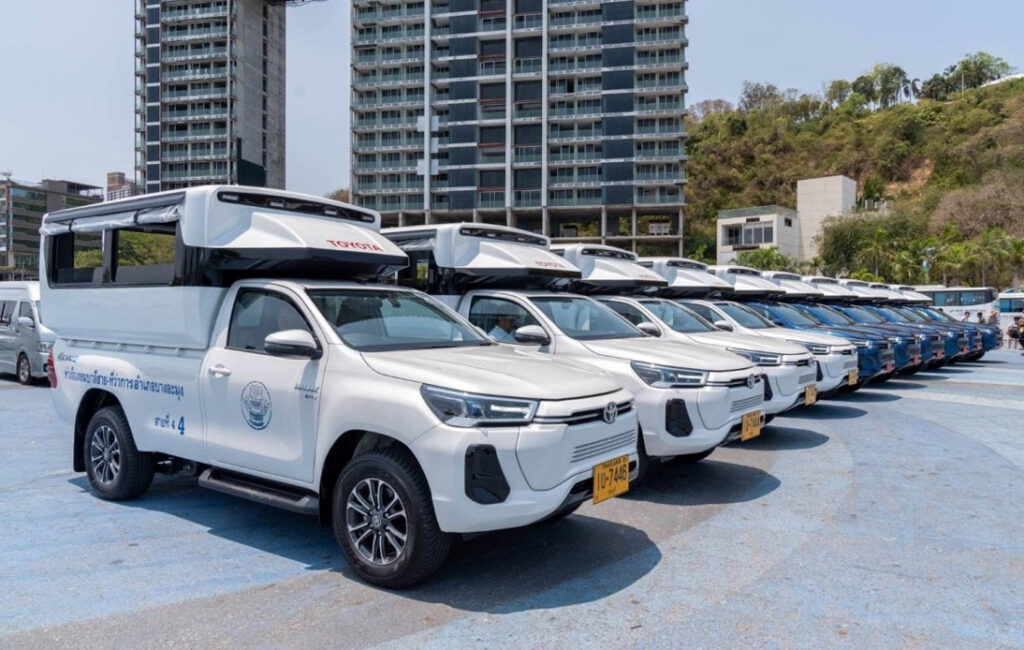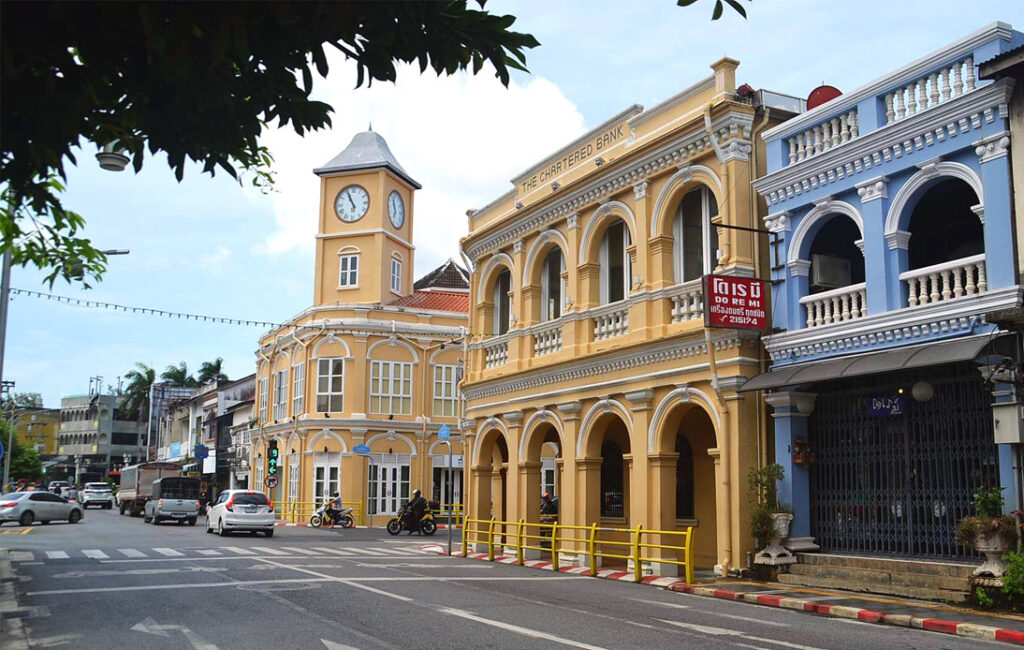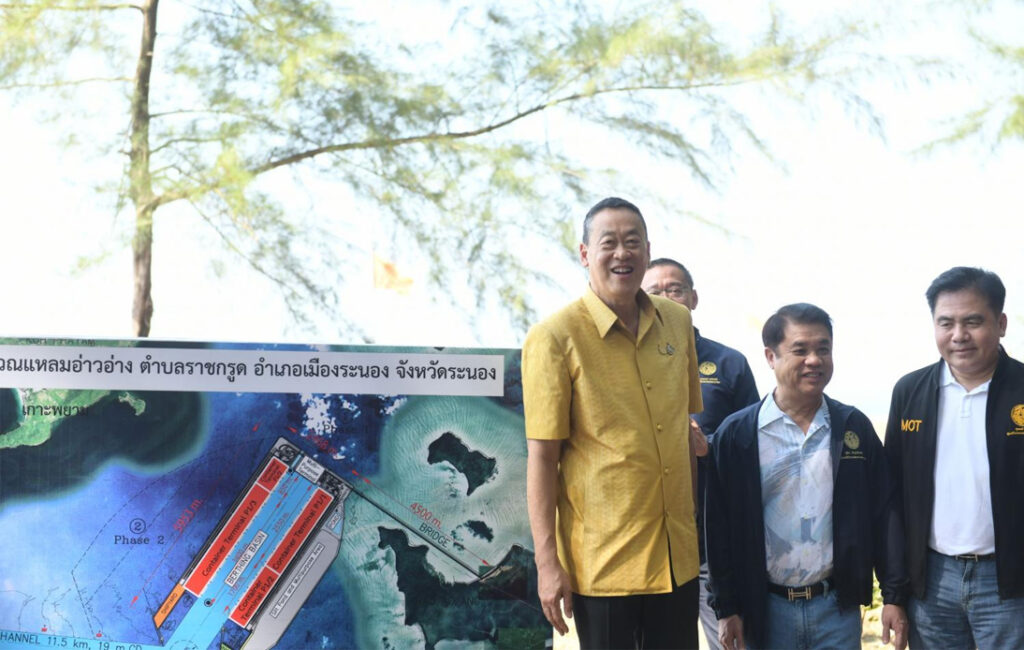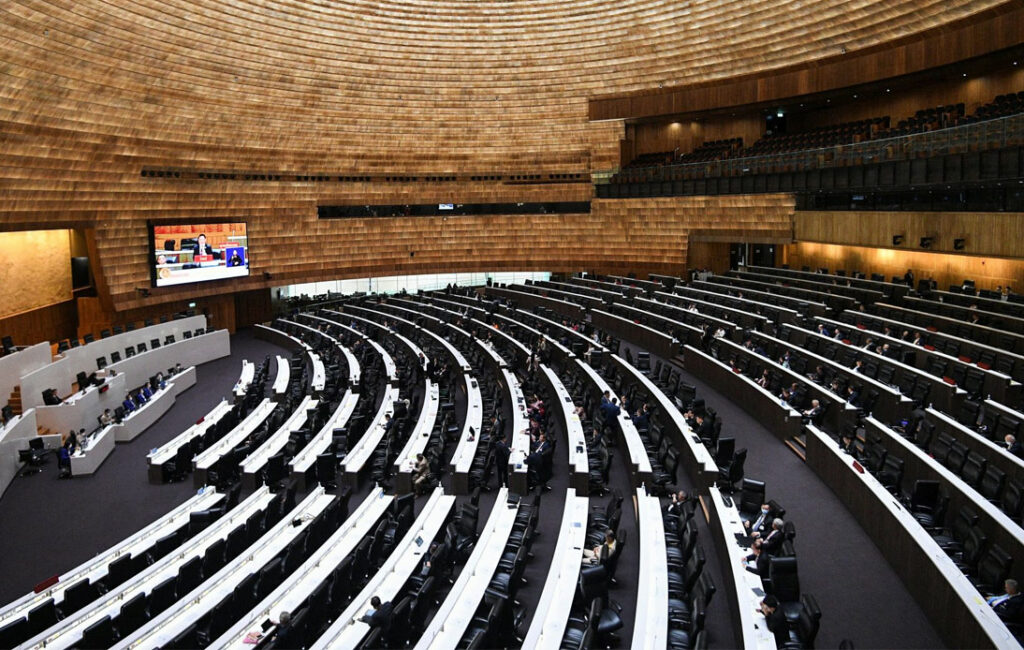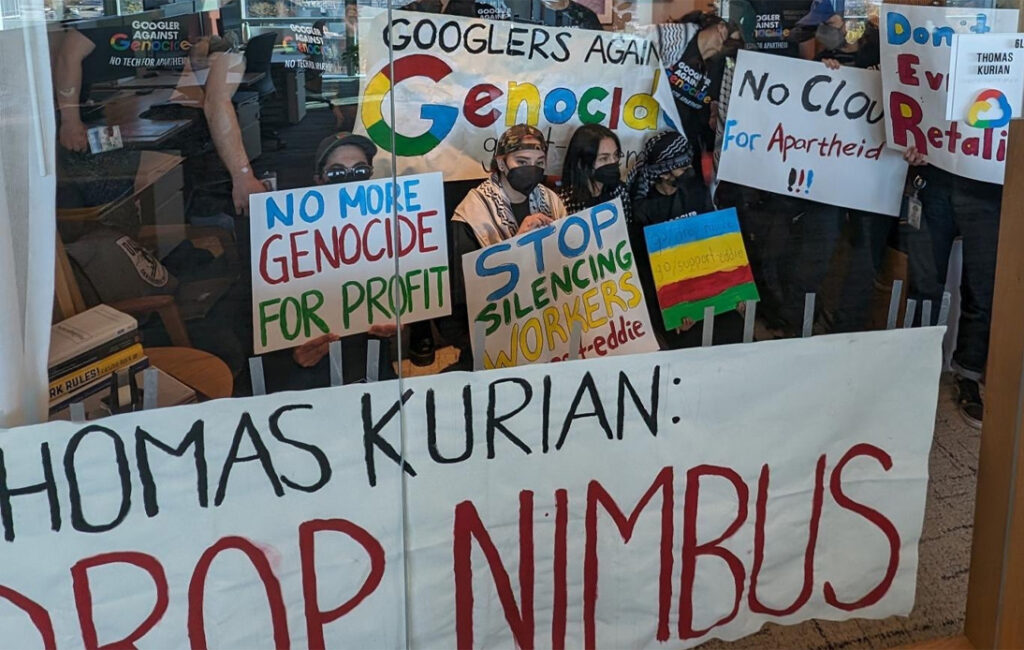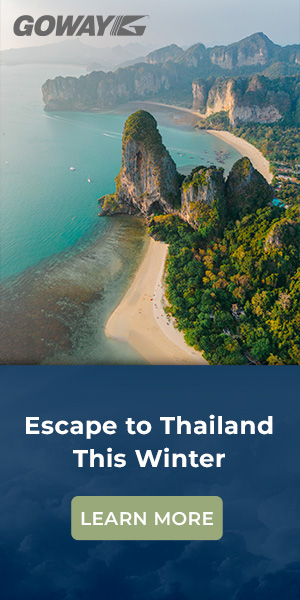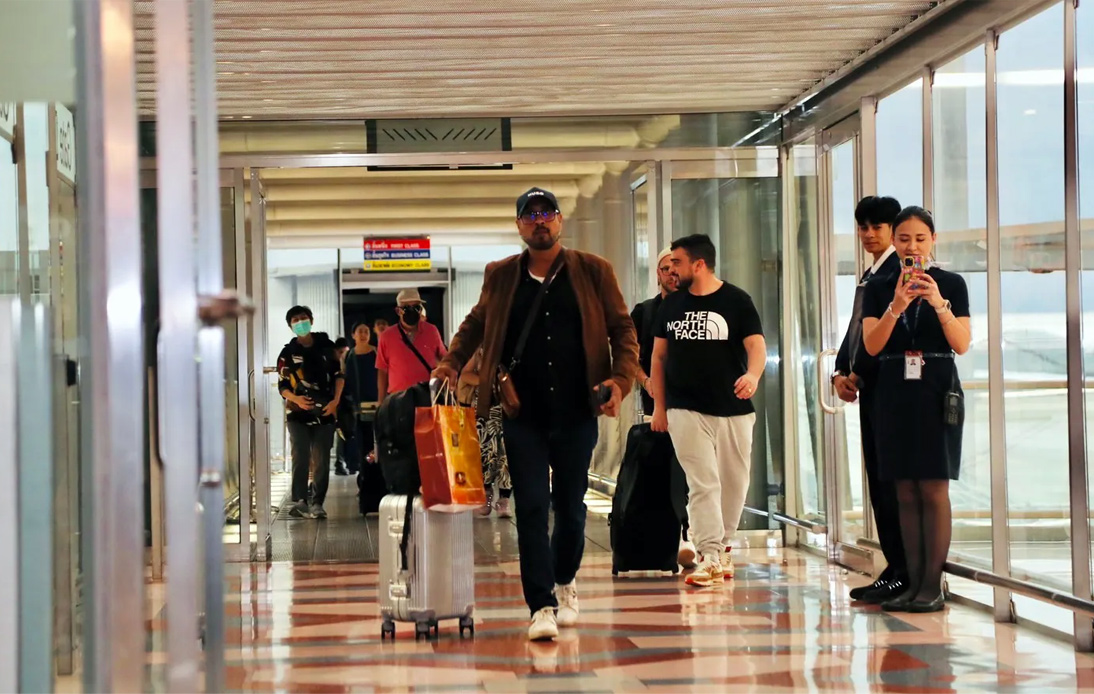
Tourism operators are urging the government to consider the establishment of a long-term mutual visa-free scheme with India, which is set to become the world’s third-largest economy by 2027.
Somsong Sachaphimukh, the Vice-President of the Tourism Council of Thailand, observed that the existing temporary visa waiver for Indian visitors has significantly bolstered the Indian tourist sector.
She mentioned that this positive trend is expected to continue through 2024, with plans to extend the current visa-free initiative for an additional two years after its conclusion on May 10.
As of February 18, India was the fifth-largest source of tourists to Thailand, contributing 258,269 visitors.
It is forecasted that India will overtake Germany to become the world’s third-largest economy by 2027, following Germany’s recent ascension to third place, surpassing Japan.
Mrs. Somsong views this development as an excellent opportunity for Thailand to attract more tourists from India.
She called for future discussions on a reciprocal visa-free program with India to enhance tourism and trade, proposing that such a move would motivate airlines to offer more flights.
The anticipated increase in Indian tourists is due to a significant young workforce, aged between 25 and 40, which constitutes about 40% of India’s total population, in addition to the middle-income and highly educated demographics.
“Indian tourists typically travel abroad with their families and spend significantly on tourism, including hotel services and shopping,” Mrs. Somsong stated.
The average expenditure by Indian tourists is estimated to be between 60,000 and 100,000 baht for a stay of approximately seven days in Thailand.
This market is also viewed as a valuable source for hosting business meetings, incentive travels, and opulent wedding events, with costs ranging from 50 to 100 million baht per event.
Flight connections between Thailand and India are increasing, currently limited to six major Indian cities, as per Mrs. Somsong.
She also suggested that the government should target flights from India’s burgeoning cities like Amritsar and Pune, which demonstrate strong demand and substantial spending power.
Furthermore, she recommended governmental support for charter flights to U-tapao Airport in Chonburi and Chiang Mai Airport, in addition to Phuket, and advocated for enhanced duty-free shopping facilities at these airports.
Another challenge identified is the insufficient availability of Indian restaurants in major cities.
Suksit Suvunditkul, the leader of the Thai Hotels Association’s southern chapter, pointed out that India remains among the top five sources of tourists to Phuket.
In January, Phuket’s international airport welcomed 25,524 Indian visitors, trailing only behind Russia and China, with the number of Indian tourists surpassing the 2019 figures by 15%.
Mr. Suksit noted that the influx of tourists from India has favorably impacted hotels of all sizes, allowing many owners to raise their rates during the high season.
He added that the occupancy rate is anticipated to reach 90% in February, thanks to the Indian market and long-haul visitors.




